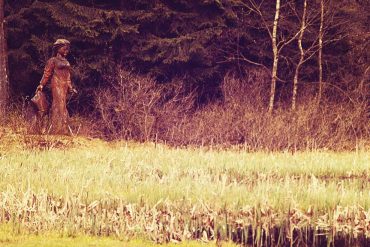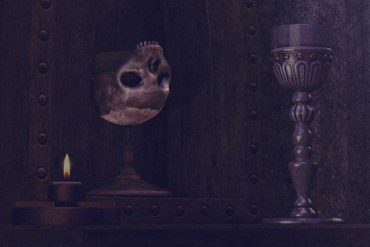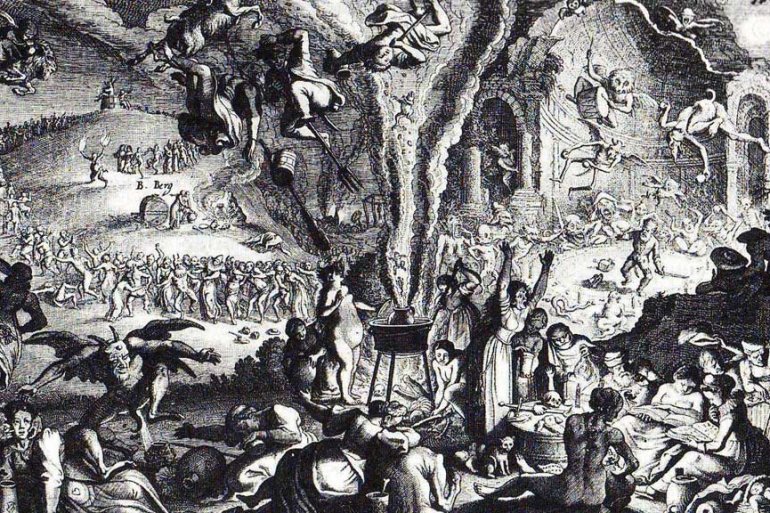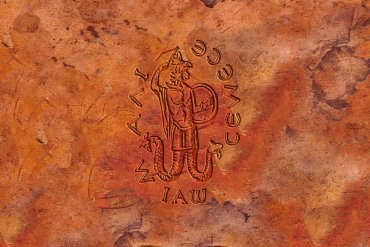We already mentioned goddess Saga (https://www.maier-files.com/what-you-didnt-know-about-saga/), now let’s meet Frigg. Frigg was one of the more widely worshipped Germanic goddesses, appearing in Scandinavia, Britain, and on the Continent. Snorri names her the foremost of the Asynjur, a group of goddesses described as being equal in holiness and authority to the male Aesir (Gylfaginning, ch. 20). Nevertheless, very little is known about her worship, and until recently she has often been overshadowed by the better-known figure...
Laurin ‘s marvels. Are you worthy to enter the Rosengarten? King Laurin ’s greatest marvel is his understanding of day and night, which is also that of life and death. Oh, how we would like to possess that knowledge! It is in these terms that men lament, but they need not. As one can always ascend to Laurin ’s marvellous kingdom. In spite of the silk threads which protect it. Still, one must be a...
Laurin was probably one of the most popular poems concerning the knight called Dietrich and is attested in variety of manuscripts as well as in printed editions. It almost certainly originates in the 12th century in Tyrol, and has 4 major variations or versions. They all are written in rhyming couplets, except the Dresdner Laurin which is written in stanzas. The earliest version of the story (the so-called elder Vulgate edition (ältere Vulgatversion)) starts with a dialogue between Witige and […]...
It’s almost Walpurgisnacht, no better moment to have a closer look at our witches or Hexen. Where did this cruel hatred against women and the ancient pre-christian sanctuaries start? When Pope Innocent VIII (1484–92) professed his belief in witchcraft, he condemned it, and dispatched inquisitors to Germany to try its supposed practitioners and punish them unimpeded. Singling out Mainz, Cologne, Trier, Salzburg, and Bremen, the papal bull declared that “some parts of Northern Germany” were...
Tidbits on the tale of Frau Holle’s kitzen. There is a mountain in Hessen, Germany called the Meissner where one still can find traces of the central German goddess Holle, Holda or Helja. It’s a place where her cult seems to have survived for a long time. There are roads going to the mountaintop and there are many hiking paths. Close to the top is the Frau Holle Teich, a small lake fed by mountain...
In traditional teaching the location of the center or primordial seat of the Olympian civilization of the Golden Age is to be found in a Boreal or Nordic region that became uninhabitable, Hyperborea. This tradition of Hyperborean origins, in its original Olympian form or in its new emergences of a heroic type, is at the basis of founding or civilizing deeds performed by races that spread into the Eurasian continent during the period from the end of the glacial age […]...
In Sanskrit, skull cups are known as kapala, and they are generally formed from the oval section of the upper cranium. They served as libation vessels for large numbers of deities, which were mostly wrathful. However, they are also seen with gods such as Padmasambhava (India), who holds the skull cup, which is described as holding an ocean of nectar that floats in the longevity vase. This Elixir was at the heart of many secret...
An enigmatic depiction of the golden fleece quest: an Athenian Red-figure cup discovered in 1834 and attributed to the Athenian painter Douris (c. 480 BC) shows in its interior the goddess Athena who watches as a huge serpent disgorges a man, alive. Behind them is a tree with a ram’s skin in its branches. These clues assure us that the hero is Jason. The artist has also taken care to label him (the name is...
In the last days of paganism in Germany, the druids’ sacrifices were subject to punishment by death at the hands of the literalist Christians. Nevertheless, at the beginning of springtime the “druids” and the populace sought to regain the peaks of the mountains so that they could make their sacrifices or experience their celebrations at these remote locations, intimidating and chasing off the Christians (usually through the latter’s fear of the devil). The legend of the first Walpurgis Night is […]...
Carl Jung had written extensively on Abraxas. In his 1916 book called The Seven Sermons to the Dead, Jung called Abraxas a God higher than the Christian God and Devil that combines all opposites into one Being. Abraxas was a polymorphous world spirit which permeates — or even encompass — the very fabric of existence. Abraxas is … a thousand-armed polyp, coiled knot of winged serpents … the hermaphrodite of the earliest beginning … the...
The writer Aventinus stated that the Minne and the Minnesingers did not have anything to do with love and constant courting. Minne means “memories”. The sonnets render last honors to old lords, to the proud history of a folk and their secrets. In these songs one can find a hidden knowledge … Troubadours or Minnesingers such as Wolfram von Eschenbach proclaimed Sibilla a prophetess, a pythia of the Grâl and she dwelled inside a magical...
The crime that finally turned the gods against Loki was his role in the death of Balder, however this event is also one of the great puzzles of northern mythology. Why were Odin and Frigg, with all their knowledge, not able to prevent the disaster? What did Odin say -before he climbed on bale-fire- into the ear of his son? This is maybe the greatest secret of the North that only two know. Snorri lets us know that Balder is […]...













